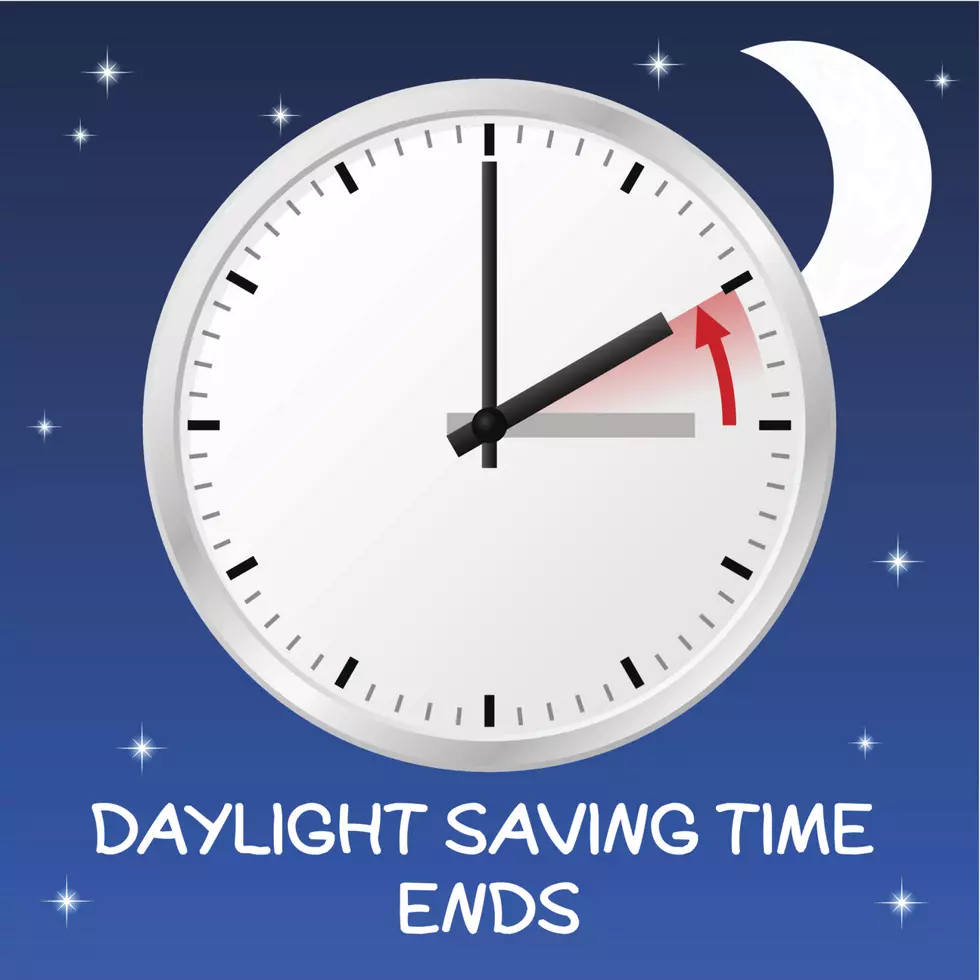
Daylight Savings Time ends at 2 a.m. Sunday
Daylight Savings Time ends at two a.m. on Sunday. As you think about setting your clocks back an hour, you might want to check other things in your home as well.
And, of course, a few will forget. You can recognize them because they'll be an hour early for church or breakfast with mom and dad, grandpa and grandma.
Residents of Hawaii, most of Arizona and some U.S. territories don't have to change since they did not observe daylight-saving time.
Daylight saving time ended on the last Sunday in October from 1966 to 2006. However, when former President George Bush signed the Energy Policy Act of 2005, the law changed, effective in 2007. Under the new law, South Dakota and most other states "will begin daylight saving time at 2 a.m. on the second Sunday in March and revert to standard time on the first Sunday in November,"
The good news is we get a 25-hour day (and an extra hour of sleep). The bad news: it will get dark even earlier in the evening.
For years, fire departments have promoted the time change as a good time to check-and-replace batteries for smoke detectors and carbon monoxide detectors. State and local officials agree – and they also say you should create an emergency kit that includes enough food-and-water to last for at least three days, plus first aid supplies. They also recommend battery-powered flash-lights and radios.
Ever wonder how this clock-changing tradition came about? Keep reading to find out…
History
The concept of advancing our clocks during the summer months originated over a century ago (some even credit Benjamin Franklin for the idea). First implemented in Germany and Britain in 1916, daylight saving time was considered a means to conserve energy during World War I. The United States began using DST in 1918, but abandoned the policy after it proved unpopular.
During World War II, the U.S. observed year-round DST from February 1942 until September 1945. Following the war, states and local governments had a confusing patchwork of DST schedules, which made it difficult to coordinate broadcasting and transportation schedules. Not until 1966 did Congress pass the Uniform Time Act, which mandated that all states opting to observe DST move their clocks forward one hour on the last Sunday in April and back on the last Sunday in October. With the exception of an extended DST schedule 1974-1975 (due to the oil embargo), this schedule remained in place until 1987, when the DST start date was pushed up to the first Sunday in April.
For twenty years, we shifted our clocks forward in early April and back again in October. The Energy Policy Act of 2005, however, extended DST by another four weeks, which began in 2007. This means we now “spring ahead” on the second Sunday in March and “fall back” on the first Sunday in November.
Pros and Cons
Daylight saving time has been controversial for as long as it has existed. Opponents say that the clock change does not save energy, disrupts sleep schedules, and poses other health risks. Cities in the western edges of time zones have to contend with dark mornings for most of the year, creating potential safety hazards for early commuters and schoolchildren. Supporters, on the other hand, argue that more evening daylight not only saves energy, but also boosts tourism and the economy.
Personally, are you a fan of daylight saving time – and much prefer extra daylight in the evenings at the expense of additional morning darkness? While there may be less benefit to DST at this time of year when the days are already short, I can’t imagine why anyone would prefer seeing the sun rise before 5 a.m. with darkness falling before 8 p.m. in the middle of summer. If Benjamin Franklin thought the idea made sense, it’s probably not a bad idea. Besides, with over seventy countries observing some form of daylight saving time, we are in good company. So let’s enjoy the clock shifting confusion together, shall we?
More From KKRC-FM / 97.3 KKRC









